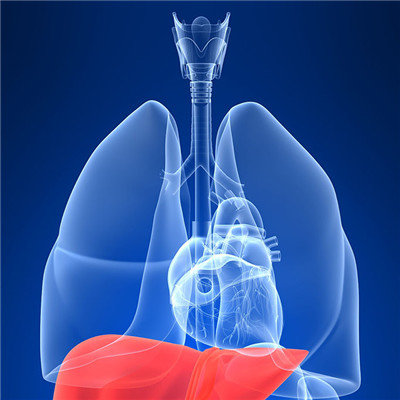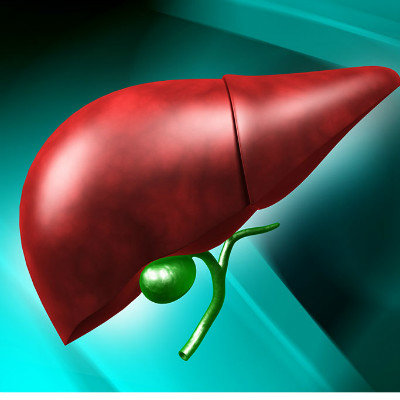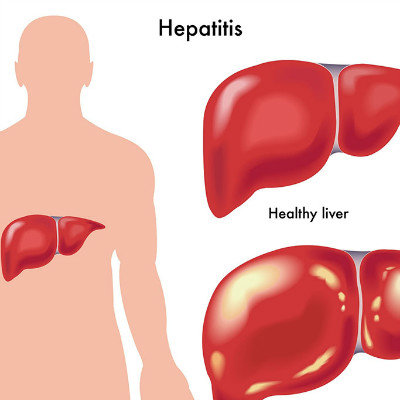What are the clinical manifestations of severe hepatitis?
summary
Severe hepatitis is a serious liver disease characterized by a large number of hepatocyte necrosis. It can cause liver failure and even endanger life. It is one of the main causes of death in patients with liver disease. There are many causes of severe hepatitis, including hepatitis B virus infection, a, E virus and other pan tropic viruses such as EBV, CMV infection, drug poisoning, chronic alcoholic liver damage, etc. According to the severity of clinical manifestations, subacute liver failure and acute on chronic liver failure can be divided into early stage, middle stage and late stage. What are the clinical manifestations of severe hepatitis?
What are the clinical manifestations of severe hepatitis?
(1) In the early stage: (1) severe fatigue, anorexia, vomiting and abdominal distension were observed; ② Progressive jaundice (serum TBIL ≥ 171 μ 1 mol / L or daily rise ≥ 17 μ mol/L); ③ There was bleeding tendency, PTA ≤ 40%; ④ There was no hepatic encephalopathy or obvious ascites.

(2) Middle stage: on the basis of the early manifestation of liver failure, the patient's condition developed further, and one of the following two symptoms appeared: ① liver encephalopathy above grade II and (or) obvious ascites; ② The bleeding tendency was obvious (bleeding point or ecchymosis), and 20% < PTA ≤ 30%.

(3) Late stage: on the basis of the mid-term manifestations of liver failure, the patient's condition was further aggravated, and one of the following three conditions appeared: ① there were refractory complications, such as hepatorenal syndrome, massive hemorrhage of upper digestive tract, severe infection and electrolyte disorder that were difficult to correct; ② Hepatic encephalopathy above grade III occurred; ③ There was a tendency of severe bleeding (ecchymosis at injection site, etc.), PTA ≤ 20%.

matters needing attention
The treatment principle of severe hepatitis is to rescue and repair the seriously damaged hepatocytes, so that the patient's hepatocytes have the opportunity to "regenerate", so as to improve the survival rate. Therefore, basic treatment, supportive treatment, intensive care and appropriate antiviral treatment are effective and necessary. When medical treatment is not effective in advanced stage, artificial liver waiting for liver transplantation and liver transplantation are the final means.













